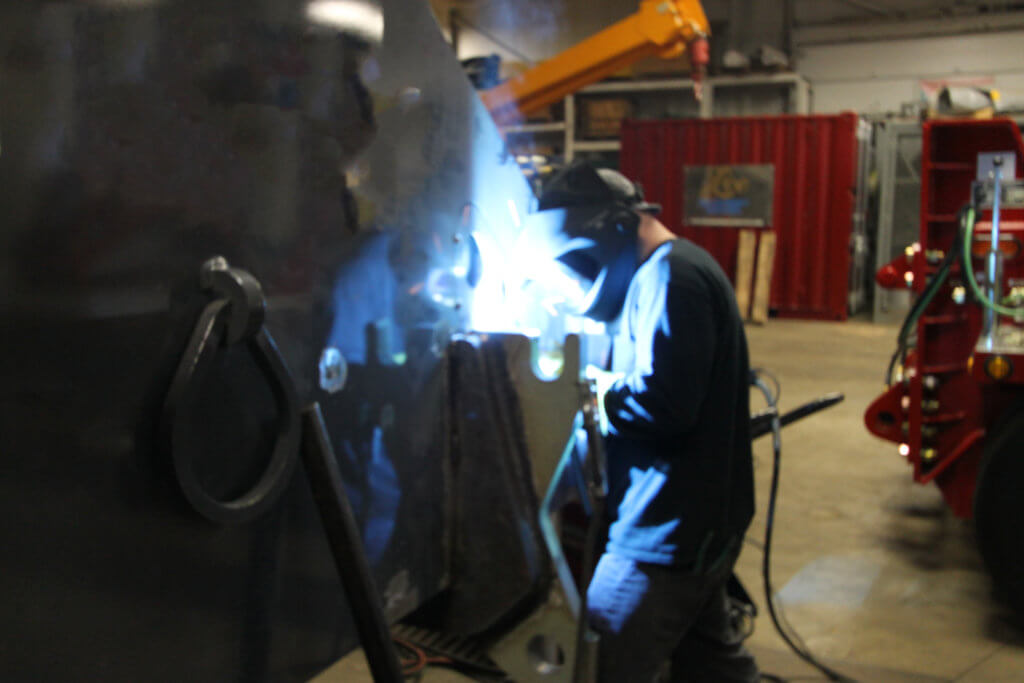Many safety hazards are present when performing hot work including burns, eye damage, electrical shock, cuts and crushed toes and fingers. Many of these can be controlled with proper work practices and personal protective equipment (PPE). The PPE required for most hot work includes:
- Helmet or goggles to protect eyes and face from radiation, debris, sparks and intense light.
- Flame resistant clothing and apron to protect exposed skin from heat, fires and burns.
- Ear plugs to protect ears from noise.
- Boots and gloves to protect feet and hands from heat, burns, fires and electric shock.
The potential for starting a fire is among the most significant risks of hot work. An essential member of some hot work teams is the “fire watch.” Fire watch personnel should be trained and aware of the following:
- Proper use and placement of a fire extinguisher.
- Recognition of fire hazards such as combustible and/or flammable materials and chemicals.
- Plant emergency notification and procedures.
- Only qualified personnel will perform welding, cutting and brazing operations.
- All welding and burning equipment will be inspected prior to use.
- Hot Work Permits will be used when required by the Owner or when hazards warrant as determined by a qualified person.
- Any welding, cutting or burning of products containing lead, cadmium, zinc, mercury, beryllium or other exotic metals or paints require ventilation or respirators.

The best option when completing hot work is to remove all hazards. In some situations, hazards cannot be removed. If hazards cannot be removed all precautions must be taken to confine heat and sparks. If certain hazards cannot be protected all hot work activity should be relocated.
At Lee Contracting, the safety of our personnel is top priority. Learn more about our safety department and how we stay safe.
Call us today to receive your free quote (888) 833-8776 or visit our website.


